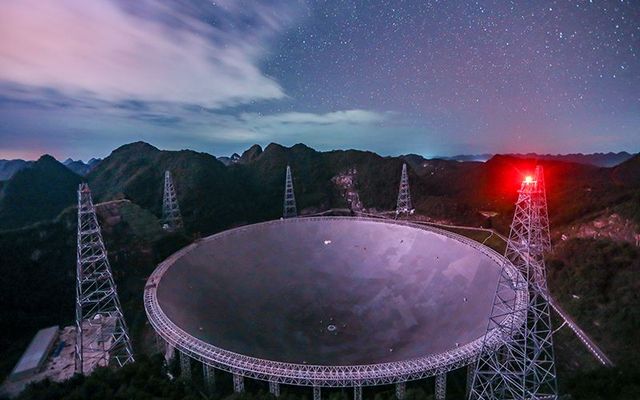Continue to discover millisecond pulsars; FAST neutral hydrogen spectral lines have made significant progress in measuring interstellar magnetic fields; obtained the largest FRB burst event sample so far, revealing the complete energy spectrum of the FRB burst rate and its double-peak structure for the first time…
Known as “China’s Sky Eye”, the 500-meter Aperture Spherical Radio Telescope (FAST) is a giant eye for viewing the sky and an important tool for the country. In 2021, scientists rely on FAST to achieve a number of important scientific research results. Based on the obvious advantages of ultra-high sensitivity, FAST has become a weapon for observing the sky in the field of medium and low frequency radio astronomy.
Neutral hydrogen is the most abundant element in the universe. It exists widely in different periods of the universe and is one of the best tracers for the distribution of matter at different scales. The international cooperation team led by Qing Daochong and Li Di of the National Astronomical Observatory of the Chinese Academy of Sciences adopted the original neutral hydrogen narrow-line self-absorption method, and used FAST to obtain the first high-confidence measurement of the Zeeman effect in the nuclear envelope of the original star. The “magnetic flux problem” that forms one of the three classical problems provides important observational evidence.
It is reported that since FAST passed the national acceptance in January 2020, its operation efficiency and quality have been continuously improved, and the annual observation time has exceeded 5,300 hours. In March 2021, FAST was officially opened to the world for sharing, and 27 international projects in 14 countries (excluding China) have been approved and scientific observations have been launched.